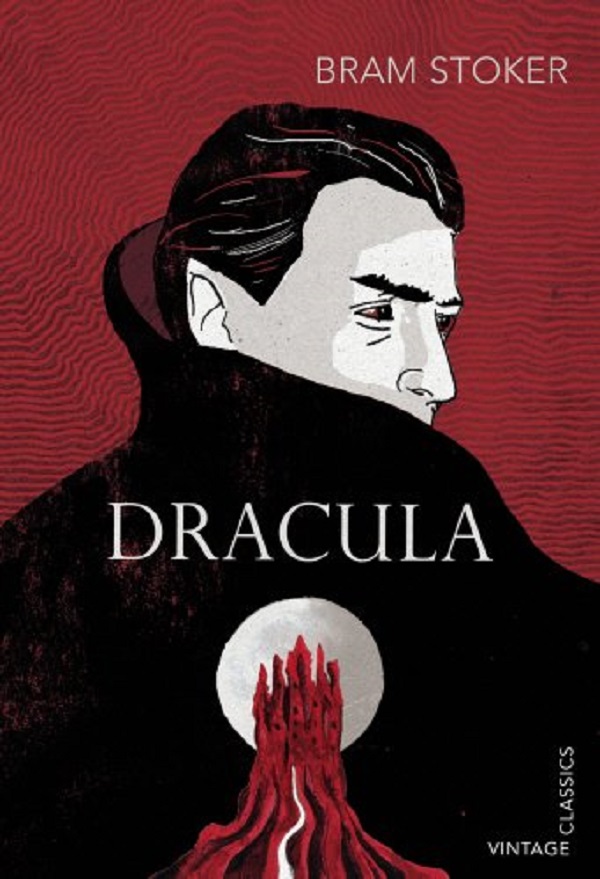
Though Gothic fiction is most easily recognized via the formulaic plot devices and stock characters briefly mentioned above, one of its most important and often overlooked characteristics is its reliance on anachronisms to highlight the clash between “modernity” and “antiquity.” Chris Baldick and Robert Mighall explain that the purpose of anachronism in Gothic fiction is to allow the “birth of modernity” through the anachronism’s defeat and removal (278). It was during this period that the most well-known Gothic authors, including Ann Radcliffe (discussed in “Female Gothic”) and Matthew Gregory Lewis, published most of their fiction and inspired a deluge of imitations, including William Beckford’s Vathek, which became known to Gothic scholars as “The Radcliffe School” of terror or the “Lewisite” horror story. Though this time span is still used to describe the rise and “fall” of Gothic literature, the genre experienced in the 1790s a period of such vogue that it is now referred to as “the effulgence of Gothic” after Robert Miles’ study of the same name.

The period typically associated with European Gothic fiction begins with Horace Walpole’s T he Castle of Otranto published in 1764 and ends with Charles Maturin’s Melmoth the Wanderer published in 1820. Thus, it was and continues to be described as a reactionary genre devoted to returning repressed societal fears to our attention so we might expel them. Gothic literature arose at the end of the eighteenth century during a time of social, political, and economic unrest.

The crumbling walls of Kenilworth Castle against the backdrop of a stormy sky filled with birds in flight evokes the gloomy aesthetic of early Gothic fiction ( Tillibean). For the next several decades, authors as varied as Ann Radcliffe, Sir Walter Scott, and Jane Austen would utilize various aspects of the genre to different ends, each manipulating Gothic’s stock elements to fit his or her unique aim. Carol Margaret Davison builds on Spector’s theory, pointing out how “as the vast majority of Gothic works illustrate, the component parts of this untidy and undying monster have been variously, regularly and successfully reconfigured to promote vastly different political and aesthetic ends and to speak to a broad cross-section of audiences and eras” (57).

Within the first chapter, readers encounter a prophecy, the supernatural, a beautiful virgin, a dutiful, abandoned wife, a persecuted maiden, ridiculous servants, a young, handsome peasant, and a ghost, all set within the labyrinthine corridors of the eponymous castle.

In the words of Robert Spector, the ensuing events, “provided all the machinery of the genre its setting, theme, and subversive subject matter remained the stock material of the Gothic whatever changes it underwent” (9). Manfred, having only this one heir and a wife incapable of bearing additional children, immediately sets upon Isabella with the aim of taking her as his own wife. In the opening pages of Horace Walpole’s The Castle of Otranto (1764), Manfred, whom readers will come to recognize as a definitive Gothic villain, sends a servant to fetch his son, Prince Conrad, who is to marry the Lady Isabella however, the servant discovers Conrad crushed to death beneath an impossibly large, black-plumed helmet. 1 Gothic Literature in the Eighteenth Century


 0 kommentar(er)
0 kommentar(er)
